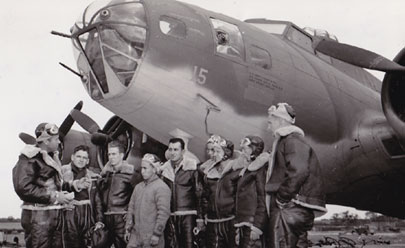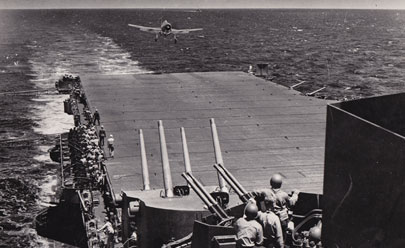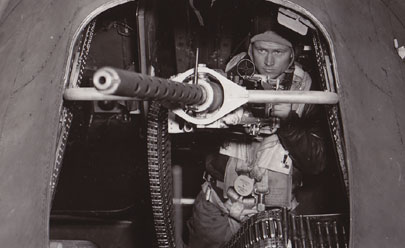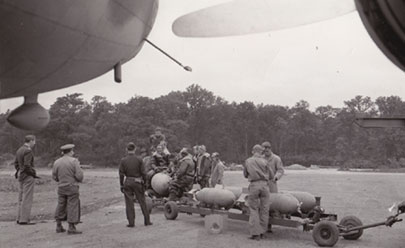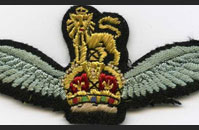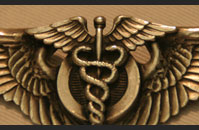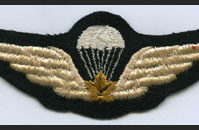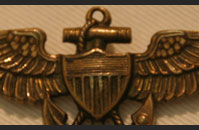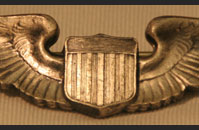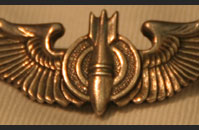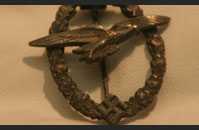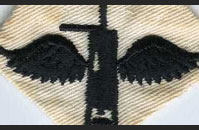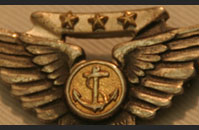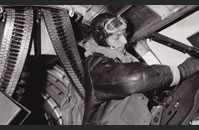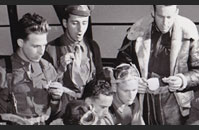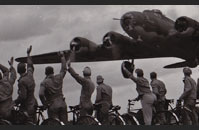FOCUS ON: WINGS:
Earning Their Wings
During the 1920s and '30s, a generation of young men and boys were captivated by Hollywood’s glamorous portrayal of the flying ace in movies such as Hell’s Angels and Dawn Patrol. In 1939, when war broke out in Europe, the U.S. Army Air Corps rapidly expanded its pilot training program. Hundreds of thousands of young men volunteered for the rigorous 36-week pilot training program, at the end of which they would be commissioned as a 2nd Lieutenant or Flight Officer and received the silver wings of an Army Air Corps pilot. The majority of these young men had never even driven an automobile much less flown an airplane.
The training program was designed to separate the best from the best; it was common for 75% of trainees in a class of six hundred to be eliminated or “washout.” Many of the men who did not graduate from pilot training went on to bombardier or navigator school—equally critical jobs for the bombing campaigns against Germany and Japan. For those who did earn their wings and go on to fly combat missions in Europe and the Pacific, the reality of aerial combat was anything but glamorous. The Eighth Air Force alone had over 47,000 casualties over the course of the war. This alarmingly high loss rate resulted in a sense of superstition and fatalism among pilots and aircrews, which led to the popular pub song of the day, “I wanted wings, till a got the damn things.” The U.S. Army Air Force pilot training program graduated nearly 200,000 pilots between 1939 and 1945.
Bomber Crews and Ground Crews
There were more than five hundred separate skills required to perform a routine bombing mission during World War II. Aircraft mechanics, radio operators, gunners, bombardiers and navigators were as essential as pilots to the success of the bombing campaigns in Germany and Japan. These men had wings to represent their skill sets as well.
Naval Aviators Wings
Naval flight training candidates went through a similarly rigorous training program with the additional training of navigation over open water and landing on the pitching deck of an aircraft carrier. The Navy and Marine Corps also operated patrol bomber squadrons and land based squadrons.
Wings from the Collection of The National WWII Museum:
Images from the National Archives:

